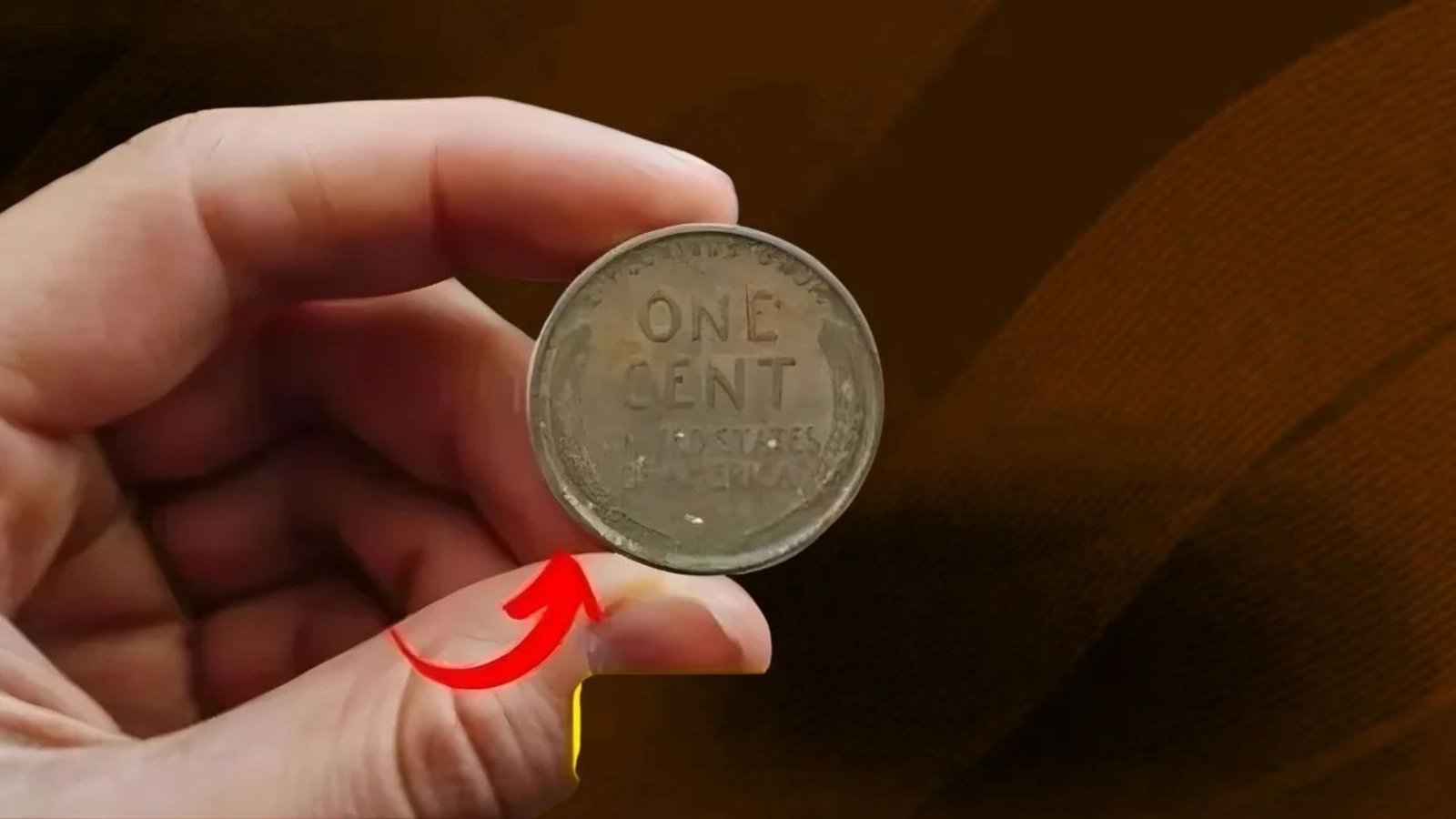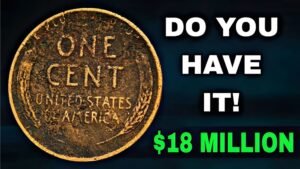Imagine finding a coin in your change jar worth more than a luxury car. Sounds impossible? Think again. A rare Lincoln penny, one that looks just like any other, has stunned collectors by fetching over $567,000 at auction. Before you spend your next penny, you might want to take a closer look — that little copper coin could be hiding a fortune.
What Makes This Lincoln Wheat Penny So Special?
At first glance, this penny seems ordinary — a simple Lincoln cent with Abraham Lincoln’s familiar profile. But what sets it apart is its unusual composition and minting history. During a time of war and economic change, a few Lincoln pennies were struck using the wrong metal, making them extraordinarily rare. These mistake coins now rank among the most valuable US coins ever discovered.
A Quick Look at Its Mysterious History
In 1943, the US Mint shifted from copper to zinc-coated steel to conserve copper for World War II production. However, a handful of 1943 pennies were mistakenly struck on copper planchets left over from 1942. This minting error gave birth to the 1943 Copper Lincoln Penny, one of the most sought-after coins in American history. Only a few dozen exist today, each worth a small fortune.
Why It’s Worth Up to $567,000 Today
The 1943 Copper Penny has sold for eye-popping sums at major auctions. In pristine, mint-state condition, collectors have paid over half a million dollars for a single coin. Its rarity, historical context, and the mystery surrounding its creation all contribute to its astronomical value. Even a moderately circulated one can fetch $60,000 to $200,000, depending on condition and certification.
Value Comparison of Rare Lincoln Pennies
| Coin Type | Year | Composition | Estimated Value Range |
|---|---|---|---|
| 1943 Copper Lincoln Penny | 1943 | Bronze (Copper) | $60,000 – $567,000+ |
| 1944 Steel Lincoln Penny | 1944 | Zinc-Coated Steel | $75,000 – $375,000 |
| 1955 Doubled Die Penny | 1955 | Bronze | $1,000 – $25,000 |
| 1909-S VDB Penny | 1909 | Bronze | $800 – $2,500 |
| 1922 No D Penny | 1922 | Bronze | $500 – $2,000 |
How to Identify a Rare Lincoln Penny
To identify a valuable Lincoln cent, look for these key signs:
- Check the date: If it’s from 1943 and made of copper, it could be extremely rare.
- Test with a magnet: Genuine 1943 copper pennies won’t stick to a magnet. Steel cents will.
- Inspect the mint mark: Coins from the Denver (D) or San Francisco (S) mints can be even rarer.
- Examine the color and weight: Copper coins have a reddish tone and weigh slightly more than steel ones.
Quick Identification Guide
| Feature | 1943 Steel Penny | 1943 Copper Penny |
|---|---|---|
| Color | Gray/Silver | Reddish-Brown |
| Magnetic | Yes | No |
| Weight | 2.7 grams | 3.1 grams |
| Estimated Value | 1–5 cents | $100,000+ |
Expert Tips for Collectors
- Always get your coin authenticated by certified grading services like PCGS or NGC before selling.
- Don’t clean the coin, as it may drastically reduce its value.
- Store coins properly in airtight holders to prevent oxidation.
- Keep an eye out for auction updates, as prices for these coins continue to rise.
Fascinating Facts You Didn’t Know
- Only about 20–30 genuine 1943 copper pennies are known to exist.
- Some have been found in pocket change decades later.
- The first discovery occurred when a schoolboy found one in 1947 and sold it for thousands.
- The US Secret Service once investigated these coins due to their unusual composition.
Frequently Asked Questions (FAQs)
Q: How do I know if my penny is valuable?
A: Check the year, composition, and mint mark. If it’s 1943 and non-magnetic, it’s worth verifying.
Q: Are there other valuable Lincoln pennies?
A: Yes, the 1909-S VDB, 1955 Doubled Die, and 1922 No D are also worth significant money.
Q: Where can I sell a rare coin?
A: You can sell through certified coin dealers, auction houses, or online marketplaces like Heritage Auctions.
Conclusion: A Penny That Could Change Your Life
That handful of spare change on your desk might hold more than just memories — it could hold a $567,000 treasure. The rare 1943 Copper Lincoln Penny proves that even the smallest coin can carry incredible history and hidden wealth. So before you toss your coins aside, take a moment to check — you might just be holding a piece of numismatic gold.




